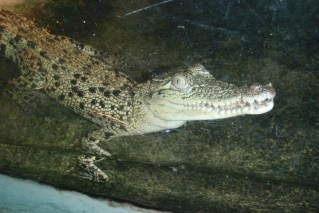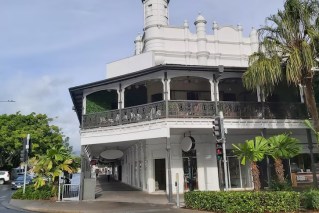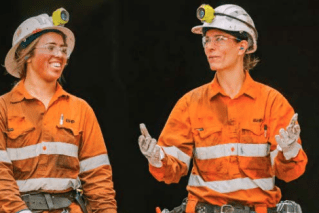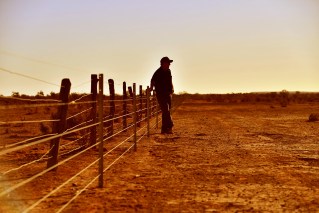There are currently 400 satellites orbiting directly above us. So why do our towns get such bad internet?
Elon Musk owns and operates almost 3000 satellites – more than one in three of the devices currently peppering our skies. So why can he deliver decent internet when our governments can’t, asks Greg Hallam


McKinlay Shire Mayor Belinda Murphy. (Image: ABC)
One thing that you can guarantee will cause a fight in a rural pub is defending NBN’s Sky Muster, or the alternative Telstra internet offering . They say it sucks.
LEOs are of course low earth orbit satellites, and most likely a real answer to vast swathes of Queensland, and indeed Australia, having first class internet service.
People in the bush bemoan their current poor internet service. Only very recently, Belinda Murphy, the former long standing Mayor of the McKinlay Shire, based on Julia Creek in the Queensland outback said this: “Telstra should be ashamed of how it’s treating rural and regional Australia.
“Our internet service cuts out about 10 times a day in our local business, making it not only frustrating for customers and staff, but very costly.“
That sentiment is echoed across most of the bush. Data Caps, download speeds and high prices put rural and remote Queenslanders at great disadvantage .
It was a live issue in the last federal election, because the previous Coalition Government held out that Sky Muster was the silver bullet, and it wasn’t. It rankled with the bushies, and still does to this day.
Yes there is increasing fibre optic cable being laid in the bush and Point of Presence facilities built , but it’s a dot in the Outback and painfully slow in being rolled out. Big tracts of land will never have fibre in the ground, and that’s what Sky Muster was designed to do – cover the rest.
The difference in the platforms provided by large satellites, GEOs, (think Sky Muster) is that they are far larger and operate further out in space than LEOs . Its fair to say now that LEOs are ubiquitous, even in space .
They currently account for 84% of all satellites in orbit. By way of example, LEOs operate 500-1000 km above the Earth , while GEOs (eg Sky Muster) operate 36,000 km above our planet .
When it comes to size, GEOs are roughly 26m long, 12m wide and 9m tall and weigh around 6500kg.
LEOs are the size of a dining room table and weigh approximately 250kg. It’s understandably a lot cheaper to get a LEO into space than a GEO.
In May of this year the Satellite Tracking website, Orbiting Now, estimated that there were 7700 satellites in space .
To emphasise just how many LEOs are whizzing around us, Elon Musk’s Star Link alone has 2750 of their satellites up in the firmament, with approval for his company Space X to launch another 12,000 .
They claim that at any one time there are over 400 Star Link LEOs in orbit directly above Australia.
It’s the sheer number of LEOs and their proximity to earth that gives them far superior coverage and service characteristics.
As a somewhat humorous aside , the various national government space agencies around the globe have recently agreed upon and installed “a satellite traffic management system”, such are the number of the devices.
Jetsons, here we come.
To date the Star Link get-in and operating costs are very competitive, making it attractive to many. But a word of warning, it is a virtual monopoly.
It’s more than passing quizzical that a private operator, Musk, and not our government or its former behemoths Telstra and NBN, are meeting the bush markets’ need. Interestingly, the Ukrainian Government and Army are using Star Link in their war efforts.
It’s proving crucial. At one point some months ago, Musk publicly expressed the view he might withdraw access, then the American government did a deal with him.
The Pentagon went on to say it was concerning that one individual had such sway in glob security arrangements. There is a touch of James Bond villains in this development.
The bush may just have found their connectivity saviour in LEOs. Genuine good internet connection and the chance to truly operate on the same playing level as their city slicker cousins.












